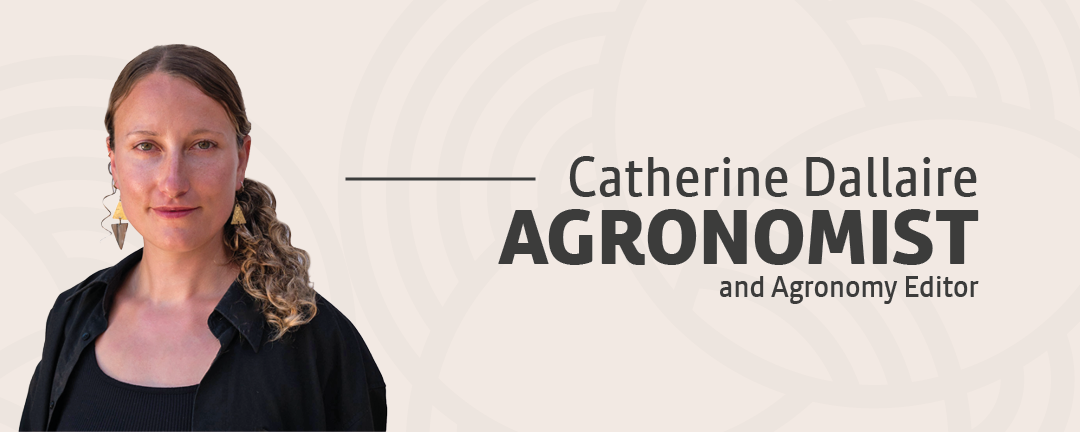
It’s Time to Preserve Biodiversity
We are currently facing a staggering level of climate instability, which begs the following question: are there organizations working to protect our precious seeds, should a disaster strike in the future? Fortunately, the answer is yes. What a relief!
Hundreds of seed banks throughout the world are committed to protecting plant biodiversity against all sorts of potential threats, including natural disasters, epiphytotic diseases affecting plants on a massive scale, and impacts of climate change or human activity.
These Seed Banks Have Our Backs
The most famous seed bank is the Svalbard Global Seed Vault, nestled on an island in Norway. It serves as a backup facility to protect the world’s crop seeds in the event of a worst-case scenario. Closer to home, the Canadian Seed Library is an Ontario-based organization working to preserve seeds that are essential for food biodiversity and sustainable agriculture. The Canadian national gene bank in Saskatoon is another contingency reserve to protect the country’s agricultural crops and indigenous plant species. And how could we forget local seed producers, who play a key role in conserving varieties adapted to Quebec climates? Their work often goes unnoticed but would be invaluable in the event of a massive disaster!
Nobody can predict when or how disaster will strike. This is why seeds are our source of wealth for the future. Following the principles of wealth management, the key is to diversify and keep seeds in different banks! If you’re lucky, you may never need to open the coffers.


